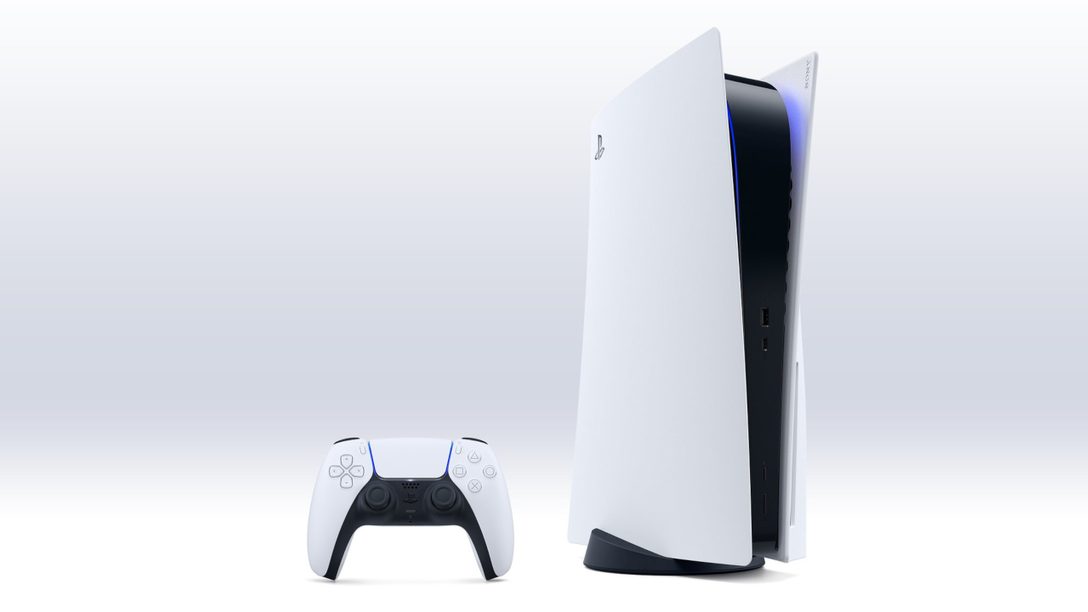The idea of crossplay on consoles is not a new one, seeing examples as far back as the Sega’s Dreamcast with Quake 3: Arena. It’s only recently, however, that publishers, developers, and console manufacturers have stepped up enough to make crossplay a more common feature of multiplatform games. There are many advantages to this system, which can offer practically no downsides in certain titles. Unfortunately, it is also true that some games could be hurt by the inclusion of crossplay, at least in non-toggleable circumstances. So, what’s the issue, and why could this be a point of concern?
The Perfect Crossplay Experience
In the best possible forms of application, crossplay could simply serve to increase the player-base. No longer locked to certain systems, larger audiences mean a game lasts longer, and that finding players of the appropriate skill level is quick and easy. The problem here is that the variables that raise their heads when considering crossplay can be confounding, and this disparity can apply to many traditional video games.
“Person hält Joystick des neuen Sony PS5” (CC BY 2.0) by verchmarco
As a baseline for what is essentially a perfect cross-play experience, devoid of advantages or disadvantages, we could look outside of video games and toward the online casino arena in the wider entertainment industry. Here games like the top online slots are just as possible to win no matter the user’s device. Whether in a title like Starburst XXXtreme, Cabin Crashers, or anything else, input and screen have no appreciable positive or negative effect on gameplay. A player’s odds are always the same, but this doesn’t apply to video games. Some elements of slots are universal too, like wilds and mechanics, meaning the titles are accessible to a wide audience.
Creating a Gap
If you’re played games for decades like we have, chances are you’ve heard the argument between PC and console dominance a thousand times before. The general argument centres on how keyboards and mice are more accurate and thus allow a higher skill ceiling in games like COD. Though this difference has been addressed through the application of advanced auto-aim systems, it remains an undeniable truth all the same. It also illustrates just one side of the crossplay difficultly equation.
Another key aspect that players can tend to overlook is the differences in displays. Most console players get by on a TV, which is perfectly fine against other TV players, but these systems can’t quite match up to a good PC monitor. A decent PC monitor might not have speakers, but it will have far lower latency than most TVs, as well as higher refresh-rates, and new technologies like G-Sync compatibilities. Overall, this means that console players aren’t just stuck behind with slower controls, they’re also hampered by slightly slower visual responses.
“Final Fantasy XIV in 4K” (CC BY 2.0) by Aranami
Combined, these components paint a picture where console players are at a slight but definite disadvantage. While the best console players will still dominate mid-level PC players, there’s no denying that a battle of equal skill will favour PC players for their hardware advantages, as has happened for years. So, what does this mean for crossplay?
Ultimately, it means that in certain competitive titles, the most hardcore players might want to consider disabling crossplay. Though the differences in systems are probably not enough to cause problems in many titles and genres, such as the fantastically ported MMO FF14, there are those where the gap will be enough to frustrate the overall experience. Make no mistake, overall, crossplay is a great thing, but it’s not without caveats, and if you don’t acknowledge these, you could be in for a bad time.


